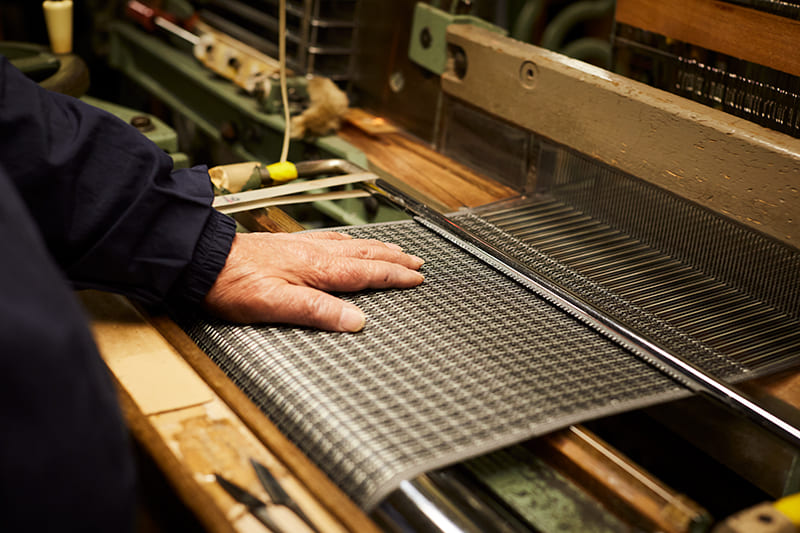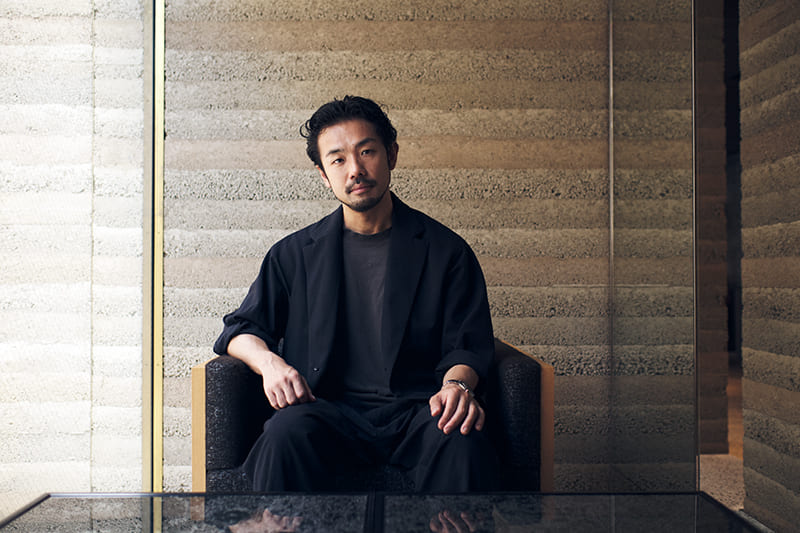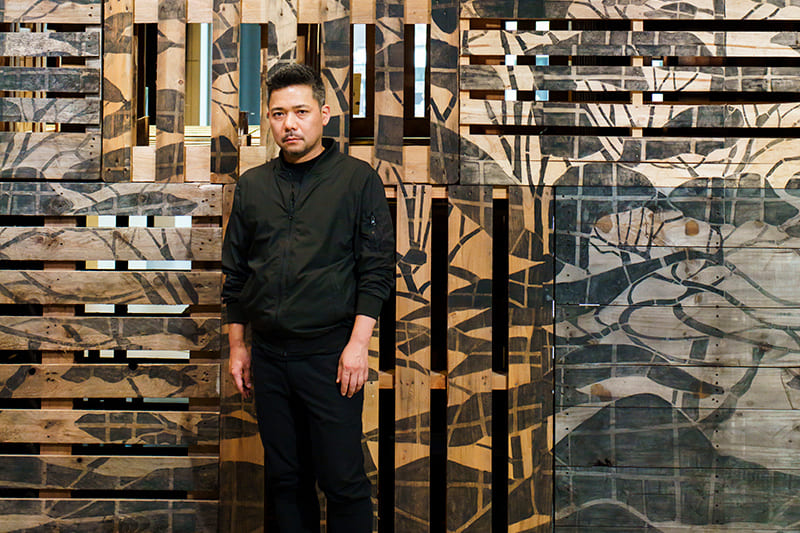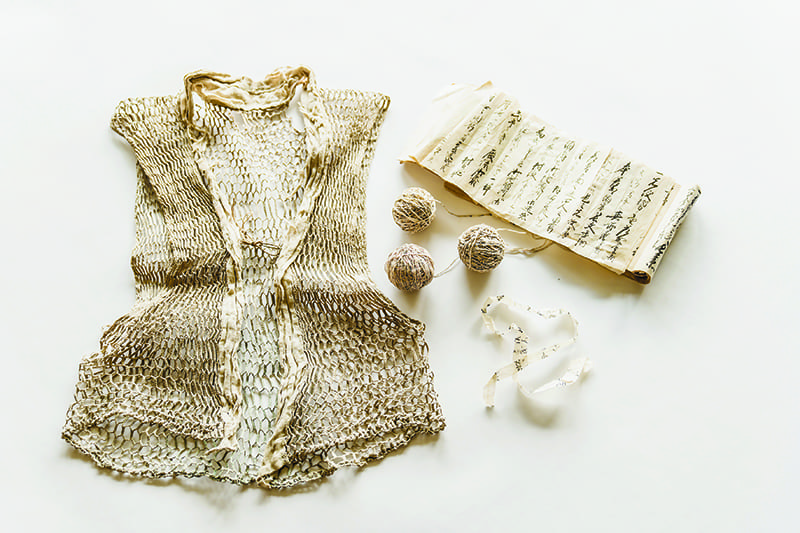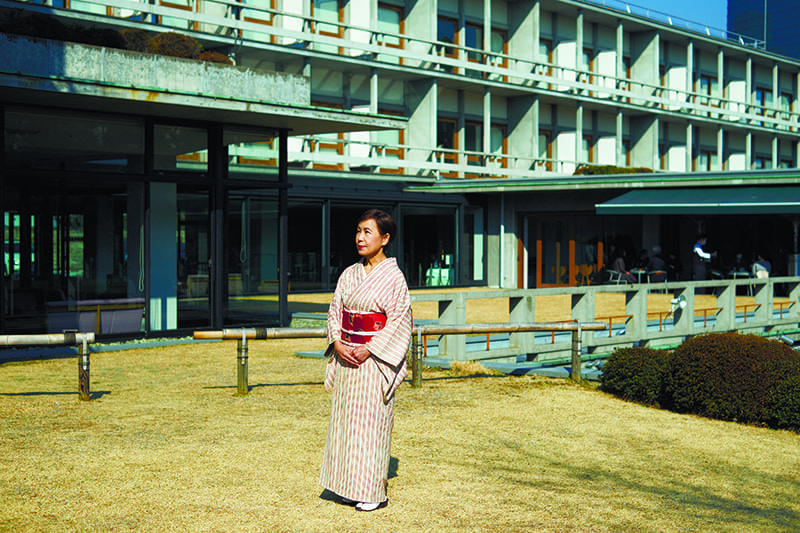September 27, 2024
The celebrated artist ‘updating’ the kimono
KIMONO
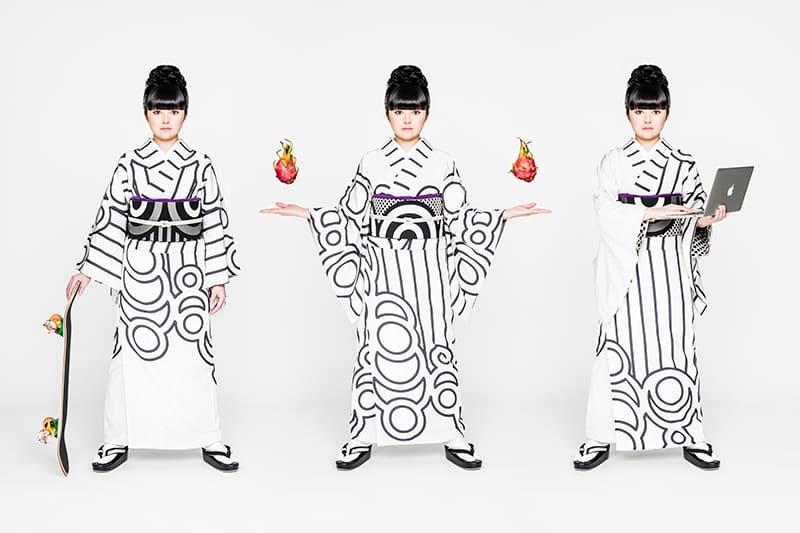
© TAKAHASHIHIROKO
When considering how traditional Japanese textiles should be preserved for future generations, several problems quickly emerge. First and foremost, the Japanese have largely stopped wearing kimonos in their daily lives as their lifestyles have changed. As a result, demand has decreased drastically, making it difficult to nurture the next generation of artisans to sustain the industry.
So, what if we could direct people’s attention to kimonos and thus boost demand? One artist is creating kimonos so unique and new, they just might do that. Hiroko Takahashi creates innovative kimonos that respect traditional techniques, structures and theories but use unconventional geometric patterns composed only of circles and straight lines.
Since childhood, Takahashi had dreamed of going abroad to work as a fashion designer, but she also felt obliged to learn about the traditional clothing of her own country and so began to study kimono-making. She quickly realized that kimonos are designed so that no material is wasted. One 12-meter-long piece of fabric is used for each kimono, and whether it is for men or women, small or large, the shape and size can be changed by the amount of fabric that is stitched or tucked, rather than by cutting or adjusting the fabric. As a result, it can be returned to its original squares of fabric when the threads are removed.
In contrast, when Western clothing is made, the fabric is cut into curved lines to fit the body, so there are always scraps, or wasted fabric. When Takahashi made her own tailored shirts using fabric she dyed, she was left with lots of scraps that ended up going to waste in the garbage. In contrast, with kimono she was shocked to learn that all of the fabric she had worked so hard to produce was put to use rationally without wastage.
However, the kimonos she was aiming for were not the traditional ones decorated with flowers, birds and other traditional Japanese patterns. Although she thought those Japanese patterns were wonderful, they weren’t something she would want to wear herself. So she sought to make a kimono that was genderless and also suited both Japanese and non-Japanese — something that was universal, rather than something that was particularly “Japanese” or “Scandinavian.” The answer she came up with was geometry, namely circles and straight lines.
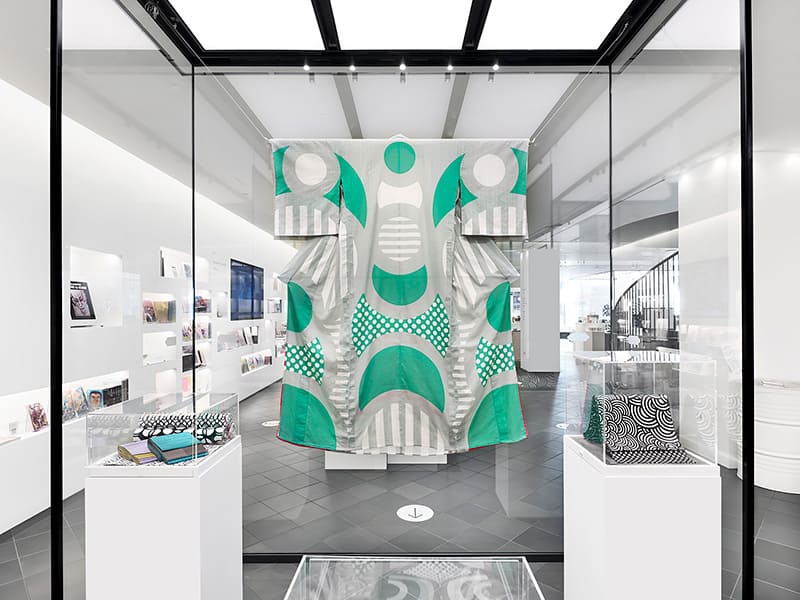
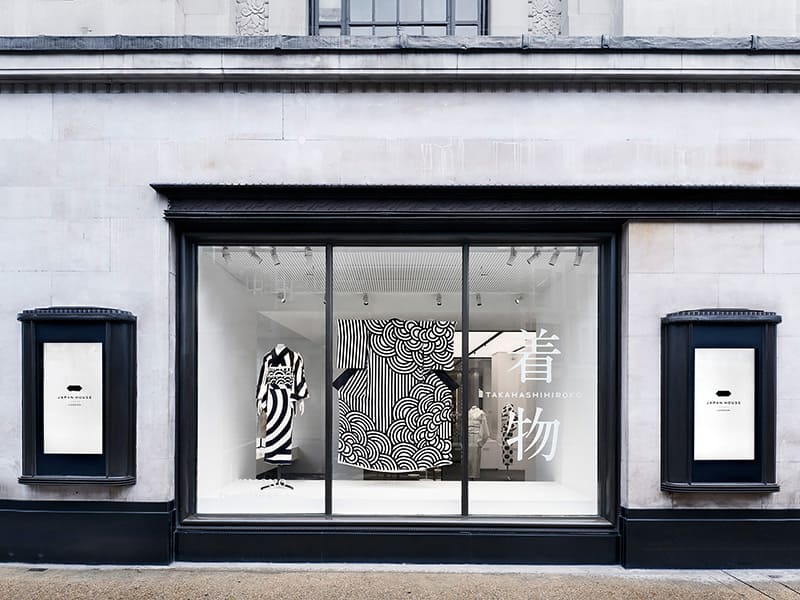
Hiroko Takahashi’s exhibition “Renovation: Kimono & Sustainability” at Japan House London in 2020. The kimonos on display showcased both their beauty and how they were made from a single piece of cloth.
© TAKAHASHIHIROKO / © JOHN MACLEAN PHOTOGRAPHY
“In the beginning, traditional artisans weren’t too keen on the patterns I designed,” she explained. “When I was a student, I once brought a sample with a geometric pattern that I had dyed myself. When I showed it to the craftsperson and asked him to replicate it, he said abruptly, ‘I have never seen a pattern like this before, and I don’t want to do it.’ In retrospect, I think that with the circles and straight lines I use, distortion and blotchiness tends to stand out, be it in woven or dyed fabrics, and that’s why those designs may have been avoided.”
The people she most frequently asks to make kimonos for her are craftspeople in Tokamachi, Niigata Prefecture. Tokamachi is known for its Tokamachi kasuri woven fabrics and Tokamachi yūzen dyed fabrics. It is second only to Kyoto as a kimono-making region. Of course, she also sources other elements from elsewhere in Japan, including obi sashes from Hakata and undyed fabric from Tango Chirimen in Kyoto.
One of Takahashi’s sources of emotional strength was something she was told by a legendary Japanese fashion designer who has since passed away.
“In 2007, Issey Miyake asked me to create a kimono for him,” she said. “He wanted a kimono for a program on traditional performing arts like rakugo and kyogen at 21_21 Design Site, a design museum he had established in Roppongi, Tokyo. At the time, Miyake said to me, ‘I have neglected kimono myself, but I feel I can entrust their future to you.’ Since that time, I have held those words in my heart as I have made kimono.”
In 2019, one of Takahashi’s kimonos was added to the collection of the Victoria and Albert Museum in London. She regularly plays a role in promoting kimono culture overseas, with exhibitions at the Japanese Embassy in Singapore (2012) and Japan House London (2020). Currently, many of her clients are from overseas, and often the well-heeled guests at Tokyo’s luxury hotels are sent by concierges to her studio in Tokyo’s Sumida Ward to order kimonos.
“What I do is a kind of ‘update’ to kimonos. I want to create ‘new kimonos’ in which the skills of all the people involved in production, including the artisans who sew them by hand, can be passed on to a new generation of kimono-makers,” she said.
Possessing unique charms not seen in kimonos before, Takahashi’s creations are sure to help nurture a love of kimonos in new generations to come.
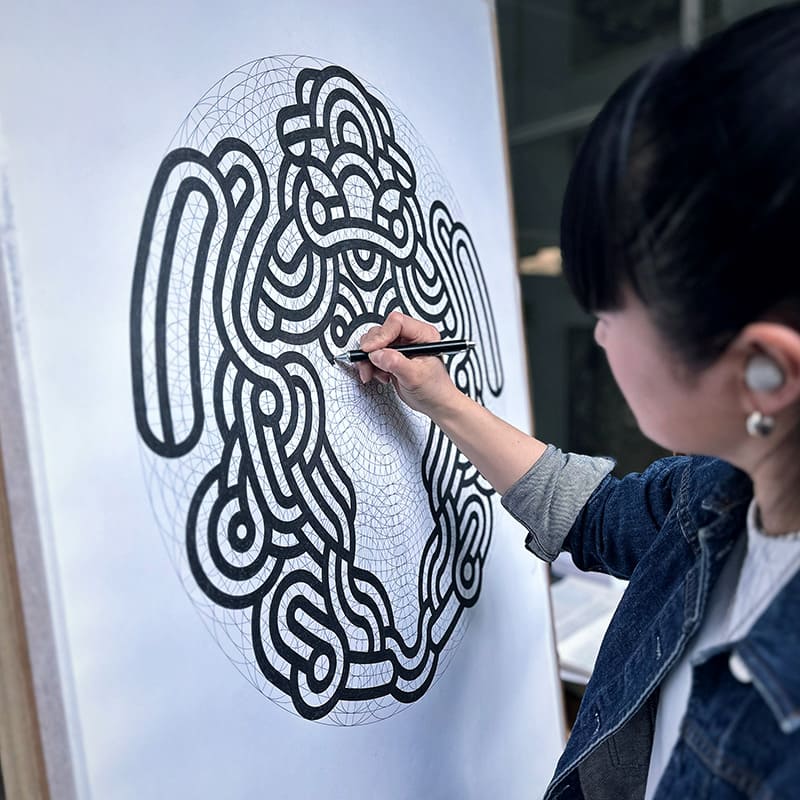
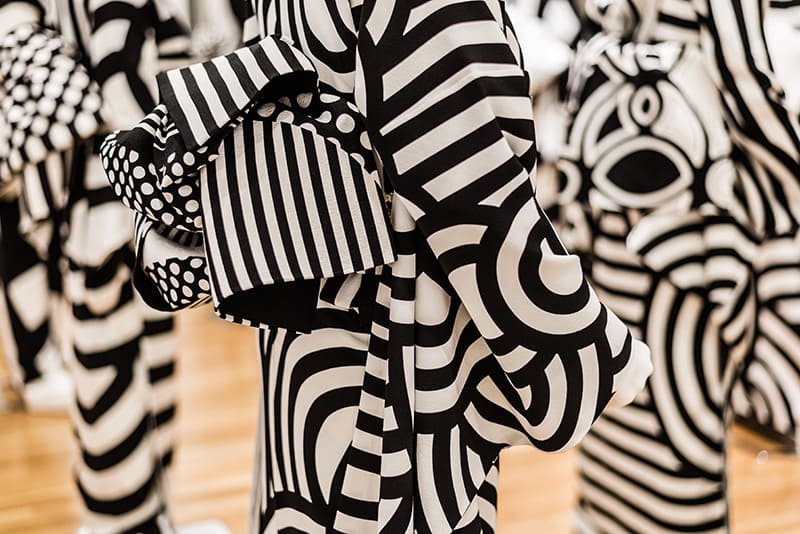
HIROKO TAKAHASHI
Born in Saitama in 1977, Takahashi is an artist. In 1996, she entered the Department of Crafts in the Faculty of Fine Arts at Tokyo University of the Arts. She received her M.F.A. in 2002 and then worked as a designer for an apparel company. In 2008, she completed a Ph.D. in crafts at Tokyo University of the Arts. Her kimono designs are highly acclaimed in Japan and abroad, with one of her kimonos added to the collection of the Victoria and Albert Museum in 2019. https://takahashihiroko.jp/
Kimonos and clothing designed by Takahashi can be purchased through her online store. https://www.hirocoledge.jp/
「きもの」をアップデートする、注目の日本人アーティスト。
日本の伝統工芸である織物を、次世代へとその技術を伝え残していくということ考えた時、難しい問題に直面する。そのひとつは日本人のライフスタイルが大きく変化し、日常的にきものを着なくなったため需要が大幅に減り、職人の育成や世代交代が難しい点にあるだろう。では逆に人々の視線がきものへと向かい、需要が伸びればどうだろうか? 低迷した和服の需要を高める。そんな可能性を秘めた魅力的なきものを生み出すアーティストがいる。それが高橋理子だ。彼女が生み出すのは、職人の技術や和服の構造などそのセオリーを引き継ぎながらも、「正円」と「直線」の柄のみで構成される幾何学模様を用いた斬新なきものである。
彼女が目指したのは、「和柄」と言われる、花や鳥、伝統的な柄をあしらったものではなかった。追及したのは、ジェンダーレスで、日本人でも外国人でも似合い、そして日本的だとか北欧的だといった地域性を感じるものではなく、普遍的で本質的なデザインのものだった。そして「正円」と「直線」といった幾何学に行きついた。
Return to Sustainable Japan Magazine Vol. 40 article list page

